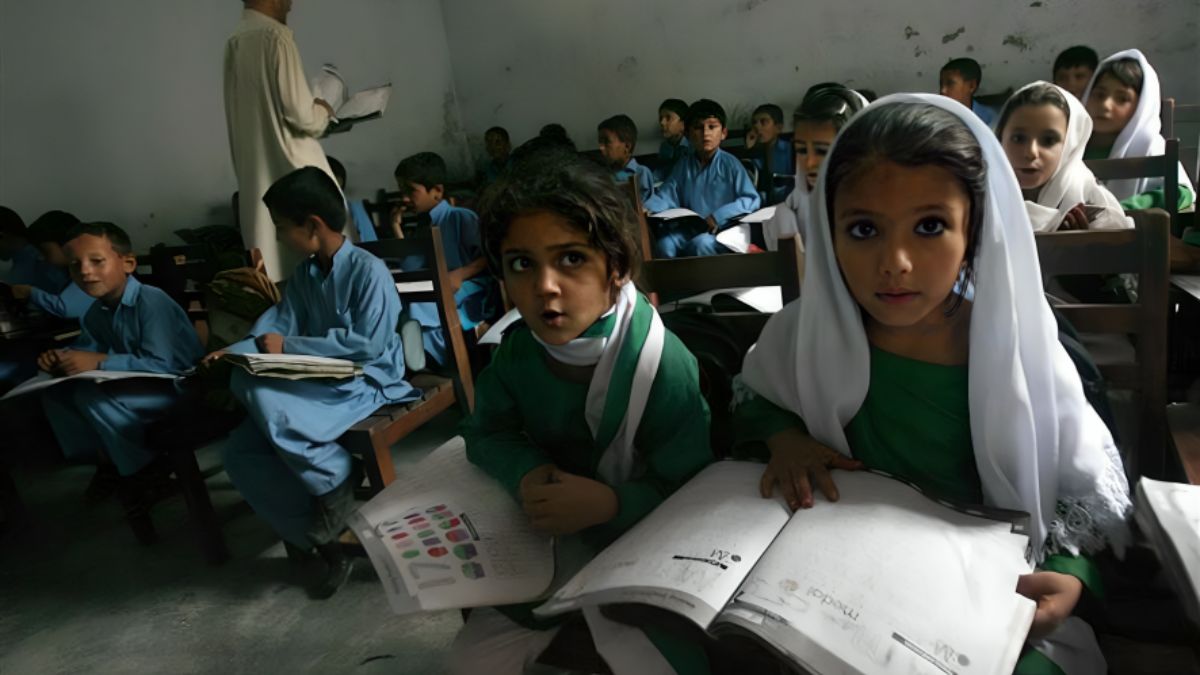High temperatures in Pakistan are set to affect over 100,000 schools in the country. Schools in southern Pakistan will see the summer holidays extended by two, an education official said on Tuesday (July 23).
“We decided to close schools for an additional 14 days for the children’s well-being,” Atif Vighio, a spokesperson at the education department in Sindh province, told AFP.
Load-shedding: A major concern
Load-shedding, or planned power cuts, happen frequently in Pakistan. This is being done in response to an ongoing power supply crisis in the country.
The length of power cuts differ from city to city. However, in rural areas of Sindh, they can last for more than 12 hours per day. That can leave schools without fans in the sweltering heat.
“As a teacher, I am worried about how I will complete the curriculum, but as a mother, I am concerned about kids going to school in this heat,” a public school teacher said.
Climate change and related troubles
Consequences of climate change have left Pakistan increasingly vulnerable to extreme weather conditions. The country’s heatwaves are now hotter and more frequent; its monsoons are heavier and longer.
In the months of May and June, Pakistan struggled through a series of heatwaves. In parts of rural Sindh, temperatures climbed over 50 degrees Celsius (122 degrees Fahrenheit).
Impact Shorts
More ShortsAuthorities in the country’s most populous province, Punjab, started summer vacations in May one week earlier than scheduled to protect children from the blistering heat.
Pakistan contributes less than one per cent to global greenhouse gas emissions. Despite this, the country has experienced severe weather-related disasters in recent years due to changing weather patterns.
The government has said more than 26 million children are out of school due to poverty.
The UN children’s agency UNICEF said more than three-quarters of children in South Asia – or 460 million – are exposed to temperatures above 35 degrees Celsius (95 degrees Fahrenheit) for at least 83 days every year.
With inputs from AFP


)

)
)
)
)
)
)
)
)



